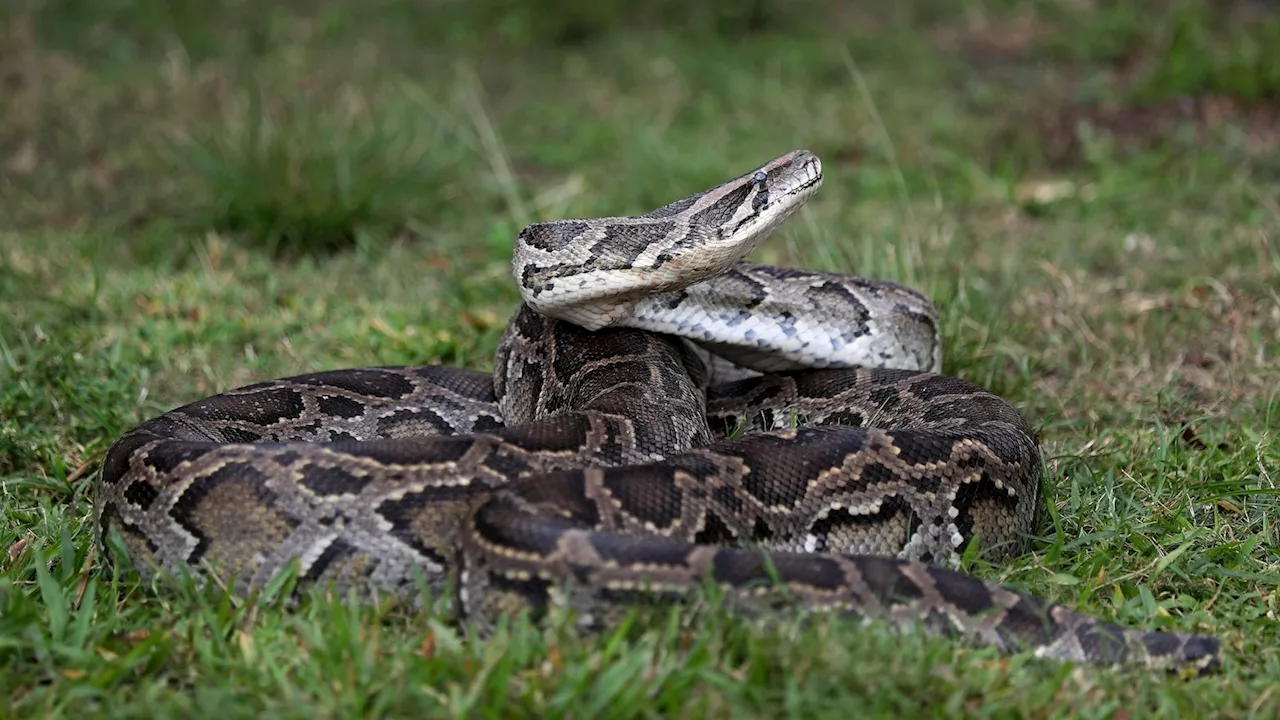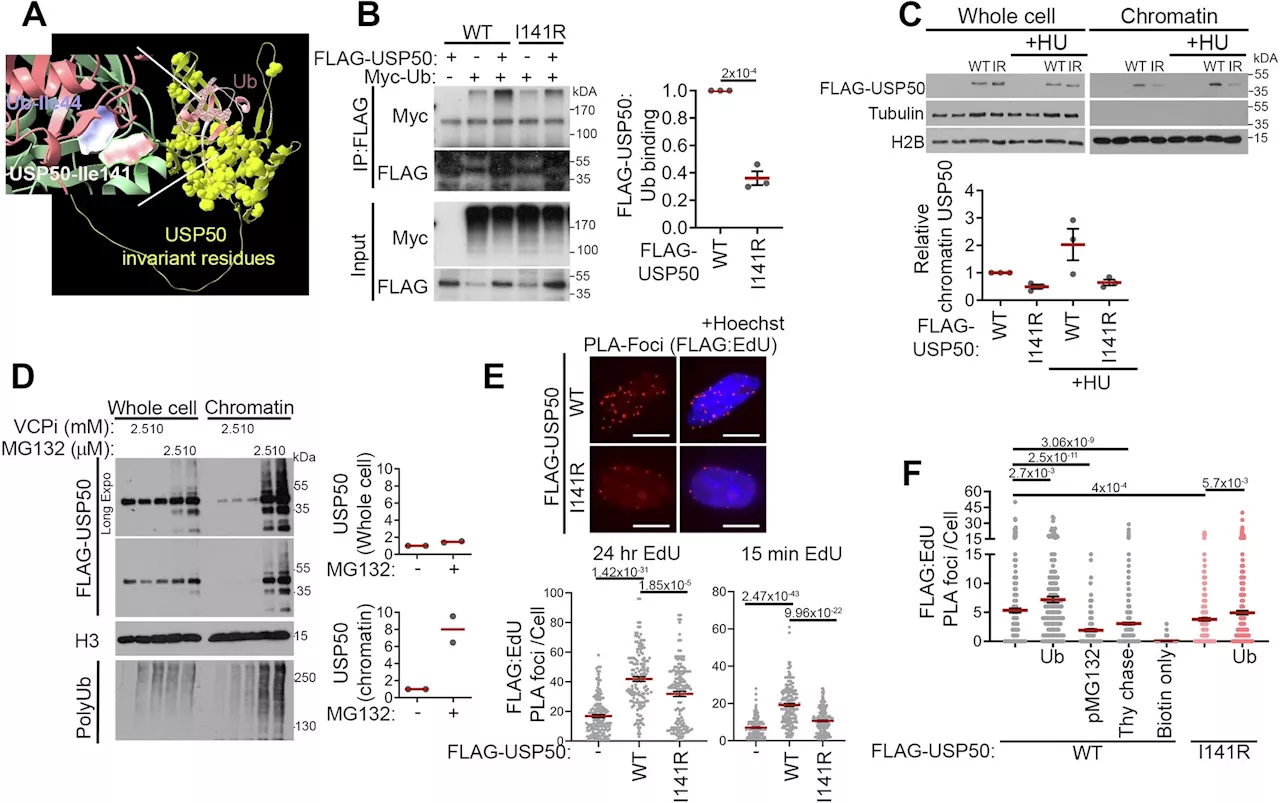Biologists have investigated the inner workings of DNA methylation in plants. Their findings could help engineer crops that are more resilient to environmental changes, like heat or drought stress.
Biologists at Washington University in St. Louis have discovered the origin of a curious duplication that gives plants multiple ways to override instructions that are coded into their DNA. This research could help scientists exploit a plant's existing systems to favor traits that make it more resilient to environmental changes, like heat or drought stress.
Part of this job involves silencing, or turning off, certain snippets of DNA that move around within an organism's genome. These so-called jumping genes, or transposons, can cause damage if not controlled. The entire process is regulated by enzymes, but mammals and plants have developed different enzymes to add methyl groups.
"Arginine is special because it has charge," said Jia Gwee, a graduate student in biology and co-first author of the study."In a cell, it's positively charged and thus can form hydrogen bonds or other chemical interactions with, for example, the negatively charged DNA." This research also provided insights about CMT2's unique structure. The enzyme has a long, flexible N-terminal that controls its own protein stability."This is one of the ways plants evolved for genome stability and to fight environmental stresses," Zhong said. This feature may explain why CMT2 evolved in plants growing in such a wide variety of conditions worldwide.
Biochemistry Research Evolutionary Biology Biology Grassland Environmental Issues Rainforests Atmosphere
United States Latest News, United States Headlines
Similar News:You can also read news stories similar to this one that we have collected from other news sources.
 Florida biologists prove invasive Burmese pythons are swallowing deer, alligators wholeThe invasive species is wreaking havoc on South Florida's ecosystem.
Florida biologists prove invasive Burmese pythons are swallowing deer, alligators wholeThe invasive species is wreaking havoc on South Florida's ecosystem.
Read more »
 Florida biologists prove invasive Burmese pythons are swallowing deer, alligators wholeThe scale at which the Burmese python is able to decimate the native wildlife population in South Florida continues to astonish biologists studying to eradicate the invasive species.
Florida biologists prove invasive Burmese pythons are swallowing deer, alligators wholeThe scale at which the Burmese python is able to decimate the native wildlife population in South Florida continues to astonish biologists studying to eradicate the invasive species.
Read more »
 DNA Reveals a Surprise Twist About Christopher ColumbusThe Best in Science News and Amazing Breakthroughs
DNA Reveals a Surprise Twist About Christopher ColumbusThe Best in Science News and Amazing Breakthroughs
Read more »
 Expansion in situ genome sequencing innovation makes hidden DNA-protein interactions visibleHarvard scientists have unveiled a new technique called expansion in situ genome sequencing (ExIGS) that combines existing in situ genome sequencing (IGS) with expansion microscopy (ExM).
Expansion in situ genome sequencing innovation makes hidden DNA-protein interactions visibleHarvard scientists have unveiled a new technique called expansion in situ genome sequencing (ExIGS) that combines existing in situ genome sequencing (IGS) with expansion microscopy (ExM).
Read more »
 Protein USP50 identified as key in DNA replication balanceA protein that is involved in determining which enzymes cut or unwind DNA during the replication process has been identified in a new study.
Protein USP50 identified as key in DNA replication balanceA protein that is involved in determining which enzymes cut or unwind DNA during the replication process has been identified in a new study.
Read more »
 DNA Repair Enzymes in Skin Care: Review and ProductsDo DNA repair enzymes in skin care work? We asked two dermatologists for their opinions and product recommendations.
DNA Repair Enzymes in Skin Care: Review and ProductsDo DNA repair enzymes in skin care work? We asked two dermatologists for their opinions and product recommendations.
Read more »
